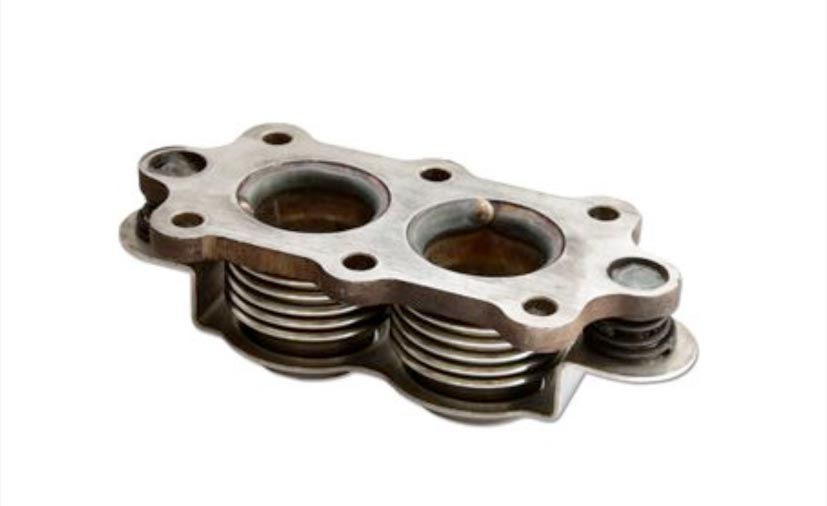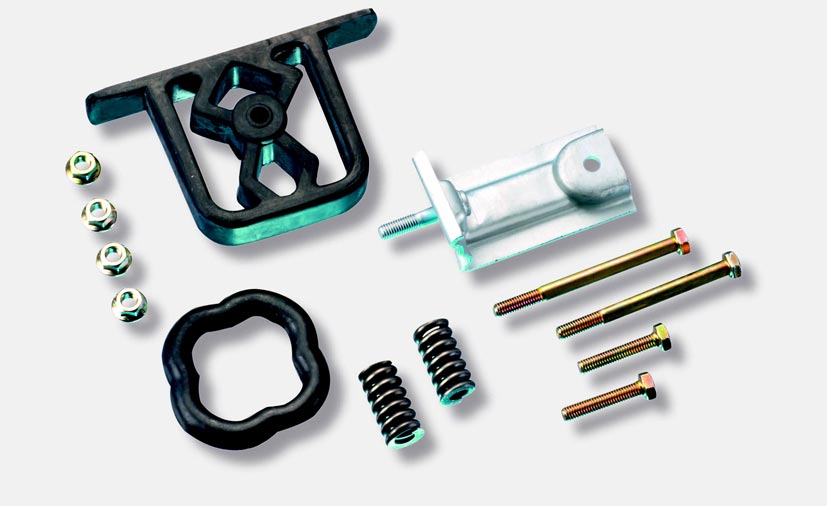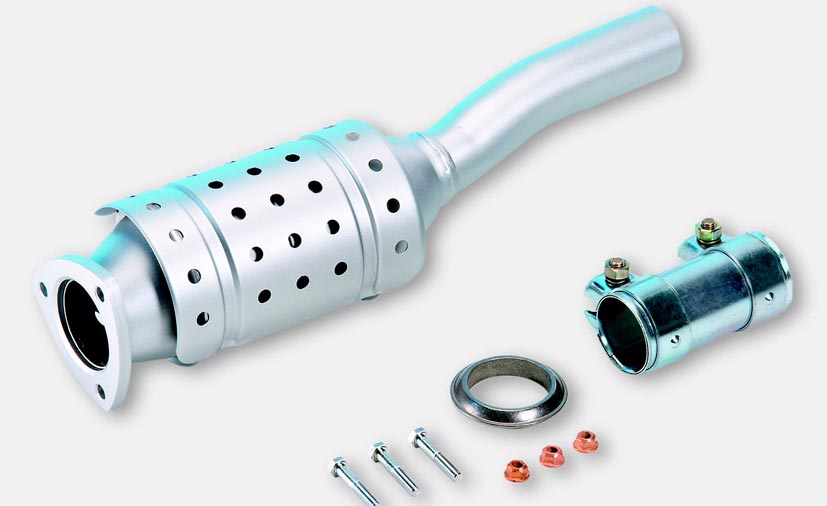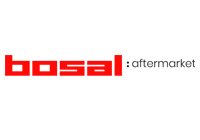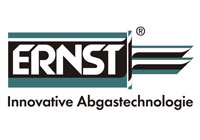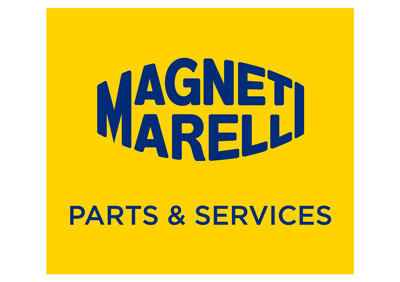Mounting technology
Modern exhaust systems consist of several individual components which have been precisely coordinated. The assembly/mounting technology is designed to connect the components of the exhaust system to each...
Environmental protection
Today's environmental regulations state that connecting elements used on exhaust systems such as pipe connectors, strap clamps or tension straps, must be galvanised and must not contain Cr(VI). This substance is now prohibited as it has proved to be carcinogenic and harmful to health.
Function
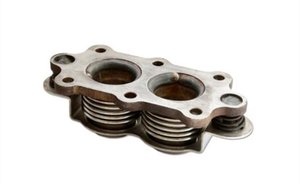
- Modern exhaust systems consist of several individual components which have been precisely coordinated. The assembly/mounting technology is designed to connect the components of the exhaust system to each other and secure the entire system to the underbody of the vehicle. The requirements in terms of assembly technology are extremely high:
- They range from a long service life,
- through high gas tightness to
- optimised vibration behaviour.
Pipe connectors and clamps
The key function of making the exhaust system gas-tight is ensured by pipe connectors and clamps. A distinction is made here between single and double clamps.
A single clamp is mainly used for assembly of the end silencer. Here the pipe of the silencer is generally slid over the upstream intermediate pipe and bolted in place with positive locking using a single clamp.
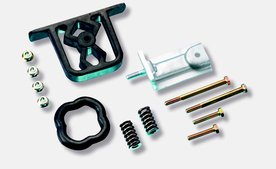
A double clamp is used to connect two pipe diameters of identical size. This is why they are also called pipe connectors. Besides making the system gas-tight, the double clamp is designed to compensate for length differences up to 125 mm.
Pipe connectors and clamps are exposed to aggressive condensates, dirt, splashed water and salt water. This is why they should ideally be made of ferritic steel 1.4509 (stainless steel). They must offer a gas tightness with a leakage rate of 20 l/min at temperatures ranging from -40 °C to 450 °C .
Structure
Hose joints (flexible parts) are used as decoupling elements. It consists of an external corrugated tube, which ensures gas tightness while allowing the component to move. Both single and multi-layer versions are available, depending on the requirements. The corrugated tube is covered by an outer steel braid. This is designed to protect the corrugated tube (bellows) and limit tensile forces.
Internally, the hose joint consists of a gas-tight flexible pipe (spiral-wound metallic hose). Its main function is to control the flow of the exhaust gases. This design of this component, which is also known as an inliner, has a major impact on the damping effect of the exhaust system. The necessary long service life is ensured by extensive testing.
Compensation elements
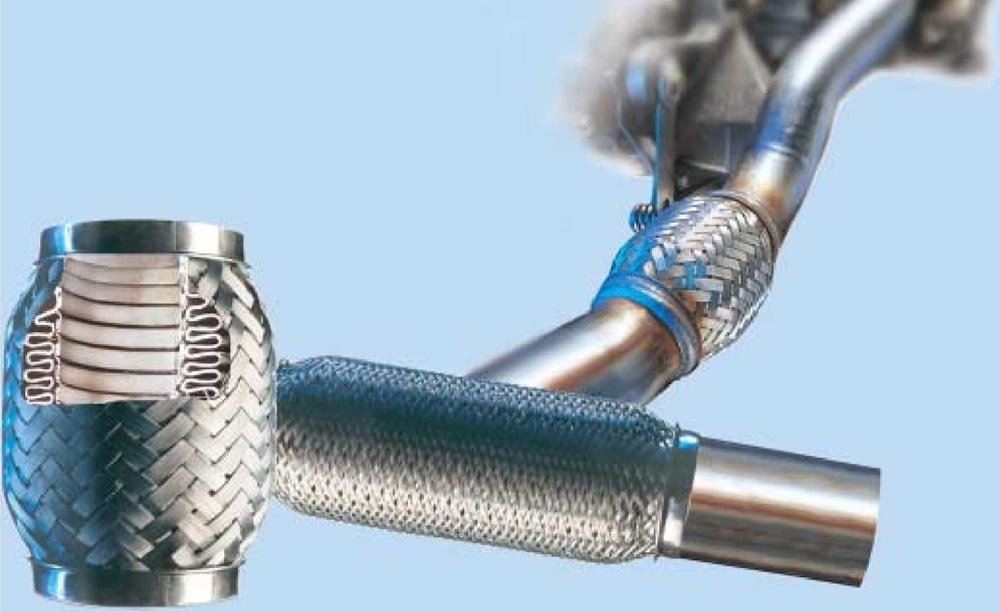 With today's growing demands for service life and comfort, particularly with modern engine weights, compensation vibration elements are used with transverse engines. These decoupling elements eliminate vibrations resulting from an unfavourable mass distribution, offer tolerances for assembly and compensate for thermal expansion.
With today's growing demands for service life and comfort, particularly with modern engine weights, compensation vibration elements are used with transverse engines. These decoupling elements eliminate vibrations resulting from an unfavourable mass distribution, offer tolerances for assembly and compensate for thermal expansion.
Safety
To prevent the mounting elements of the exhaust system from rupturing, the rubber and rubber-to-metal parts are protected by the inclusion of various fabrics. These fabric straps can be made of synthetic or metallic materials. The inclusion of such materials ensures that if the rubber ruptures, the exhaust system will be secured by the strapping. This prevents the exhaust system from breaking away from the vehicle. In practice such a fault would be noticed because of the resulting increase in noise and vibrations.

